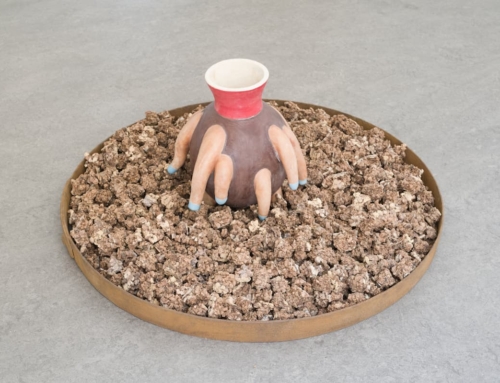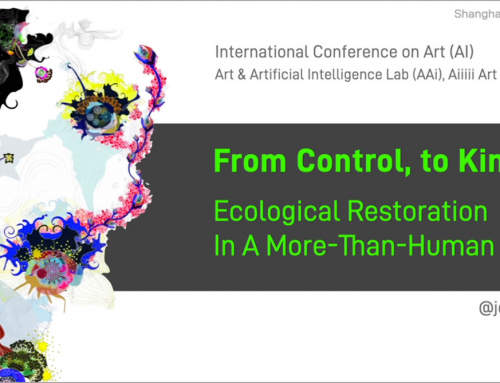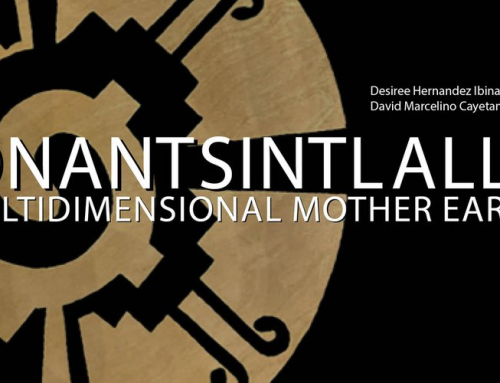(Summer re-run: first published September 2009)
A marketing whiz I know in New York asked me to do her a favour: answer some questions about the future of tv.
At least, that’s what I thought she asked. But when, a couple of days later, a FedEx package arrived, it contained a tiny digital voice recorder and the instruction: “tell us your views about the future of the television” – ie, the product, not its content.
Although deprived of the opportunity to pontificate about the evils of reality television and Fox News, I nonetheless narrated the following into the little machine and FedExed it (at my friend’s insistence) back.
For some reason, I never heard from her again.
[Transcript]
“For me, big televisions are like gas-guzzling SUVs: fat, wasteful, and paid for with debt.
These fat objects don’t just waste energy – they’re toxic, too. The big old ones, the Cathode Ray Tube ones, were bad enough: each one contained as much as four pounds of lead.
But the new flat ones are also full of heavy metals. When improperly dismantled – which is most of the time – they release dioxins and poison the air and water systems.
Adding insult to injury, the biggest screens aren’t even used for anything useful. Most of them are used for push advertising.
Big public screens don’t just waste energy, contain toxins, and steal pubic space. They enable semiotic pollution, too.
The outdoor ad industry seems to be worried about an imminent backash: I saw one of their lawyers demanding “freedom of commercial speech”. Lucky for him he was on tv or I’d have reached for my pitchfork.
My first advice, Mr TV company, is to fess up now to the material and energy costs of the products you make – before someone else does it for you.
I’d publish detailed numbers about the environmental impact and energy use involved in manufacturing the boxes and network infrastructure, and running the networks.
In fact I’d look at the whole system. I’d publish numbers for transporting people and physical parts to maintain the system numbers for constructing and running all those offices and retail stores; numbers for running call centres. I’d come clean about all of it. The lot.
I’d publish the real numbers and then I’d say: “guess what: we’re not going to innovate the Prius of televisions”.
I’d commit to zero waste, and closed loop processes from cradle to cradle. I’d announce that we would remain the owner of all our products from here on in – people would just lease them.
Being transparent about the facts, and taking full responsibility for the impact of your products on the biosphere, would kill your competitors stone dead.
This would buy you time to transform your business totally.
You and I both know that televisons can never be emission-free as products. So why not get out of hardware altogether? It’s feasible. IBM make more money out of consulting than of selling machines these days.
My advice is to set your sights on a vast new market, and my ideal future experience: “being there, but not”.
Sustainabiity demands that we all – and me especially – must radically reduce our flights. The biosphere simply cannot support the perpetually growing movement of goods and bodies around the world.
What stops peope like me moving less, and tele-communicating more, is simple: videoconferencing sucks.
But I can’t get it our of my head that we pay theme park operators a dollar a minute to experience sophisticated simulations. And the computer games industry is now bigger than Hollywood.
The lesson I learn from them is that if you get the experience right, people will do it. Even me.
Getting the experience right is not a technology issue. It’s not about brute bandwidth, or brute screen size.
In fact- and herein lies your salvation as a green business – the experience can best be improved by artful and indirect means using minimal amounts of tech – most of which already exists.
The secret is to think about icons, not about high-tech boxes.
In the Roman Cathollc tradition, icons are aids to devotion. In their business, icons are there to help people feel closer to God.
But why only God? Surely different kinds of icon might help us imagine another person to be close?
I’m not talking gold goblets representing my mother here. (Sorry, Mum). More prosaic objects can do the job.
The philosopher Ludwig Wittgenstein wrote a celebrated essay about “Kissing the picture of one’s beloved”. He said: “When we kiss a photograph, we do not expect to conjour up a spectacular manifestation of the person in the picture represents – but the action is nonetheless satisfying”.
An icon. A photo. The hardware requirement here is very modest.
A professor called Andy Clarke wrote a book that I commend to you: “Being There: Putting Brain, Body and World Together Again”. I learned from Prof Clarke that the biological brain is populated by a vast number of what he calls ‘zombie processes’ that seem to play a critical role in the ways we experience the world, and each other.
Another writer, the English philosopher, John Gray, puts it more starkly: “Being embodied is our nature as earth-born creatures… but our child-like fascination with technology and digital communication blinds us to this fact”.
Bottom line, Mr TV company: get out of hardware, and into embodied communication.
Clear?




